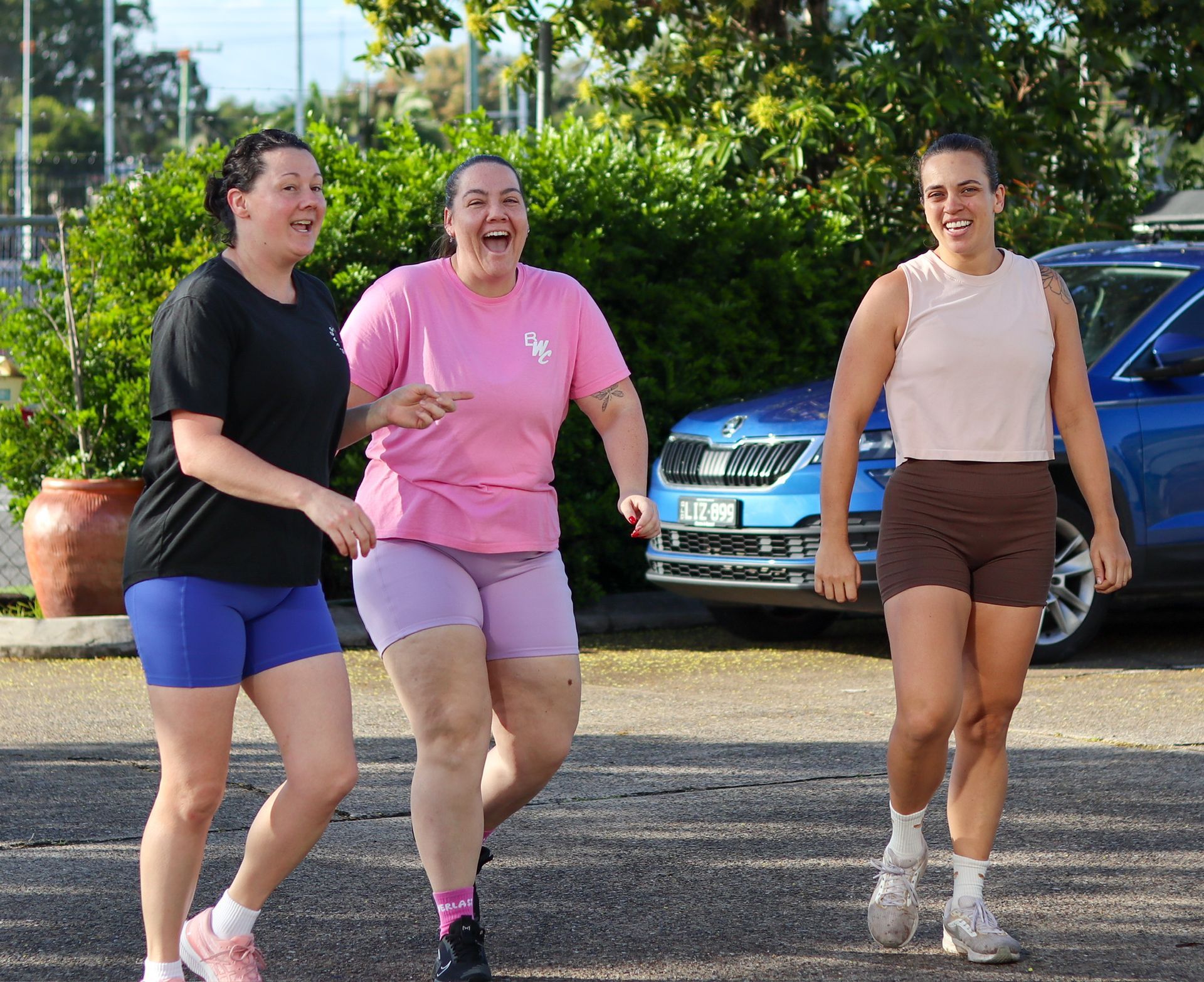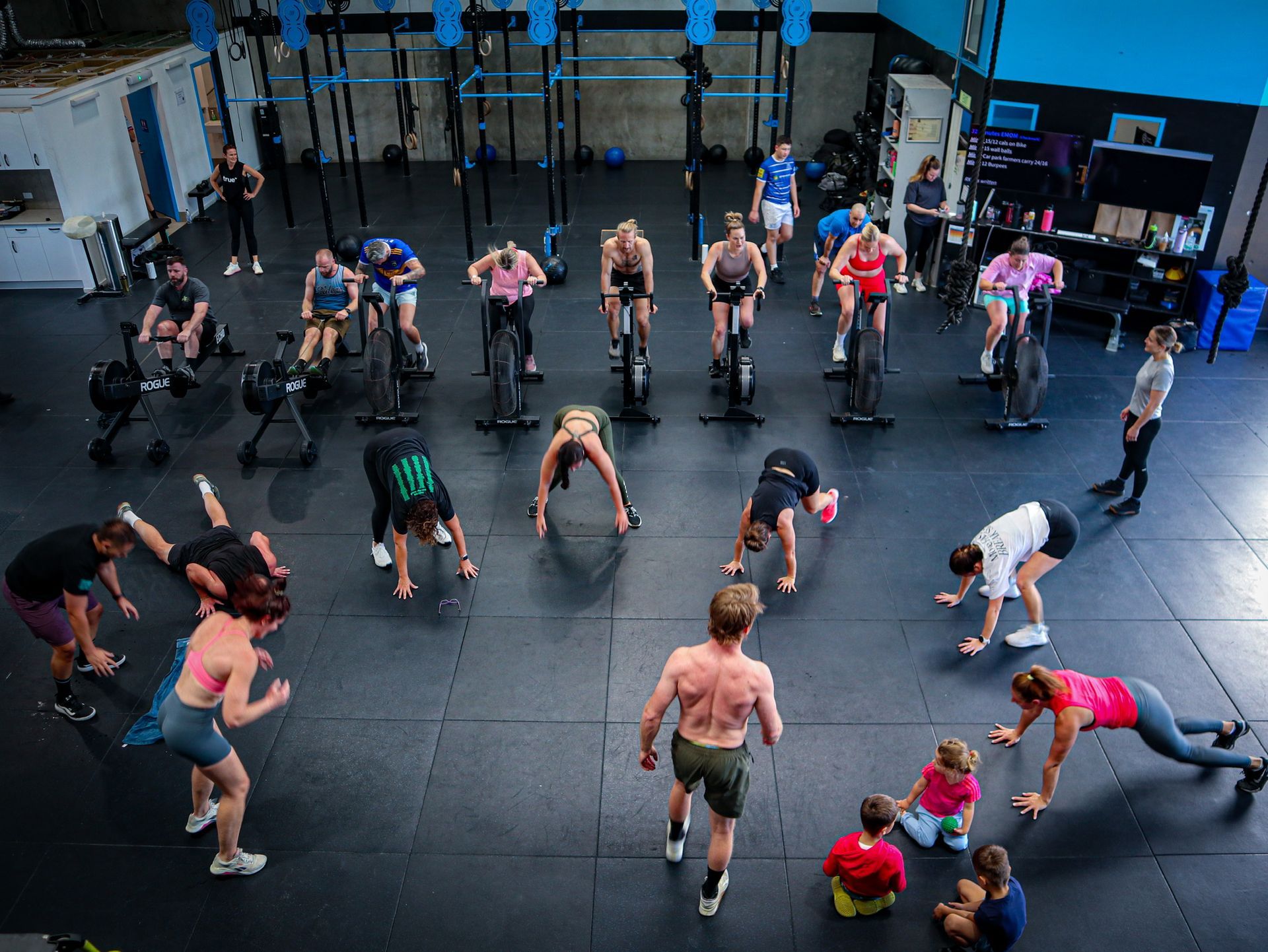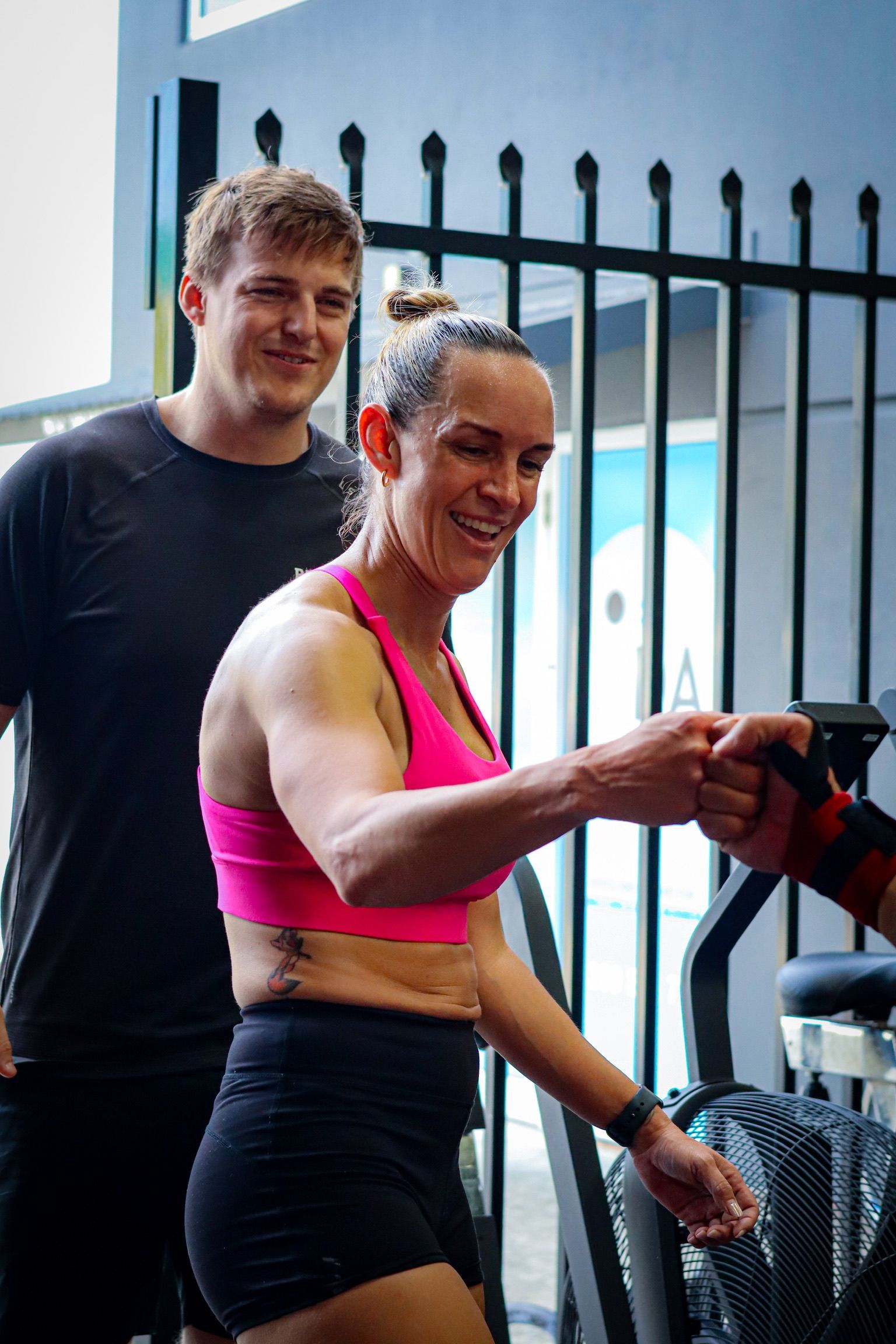Starting Strong: How to Get Moving and Commit to Your Fitness Journey
When it comes to
improving your health and fitness, taking that
first step can often feel like the hardest part.
Whether it’s the thought of stepping into a gym for the first time, committing to a membership, or simply finding the motivation to move, getting started is a challenge.
But here’s the truth:
progress begins with action.
Let’s explore how you can overcome mental and physical barriers to starting—with sports science to guide you.
Why Moving Matters
Movement is medicine.
Regular physical activity brings
profound benefits:
- Improves cardiovascular fitness
- Reduces the risk of chronic illnesses like diabetes and heart disease
According to a study published in The Lancet, even 15 minutes of exercise per day can increase life expectancy by up to three years.
Movement also impacts your mental health:
- Exercise releases endorphins—your body’s natural "feel-good" chemicals
- Helps combat stress, anxiety, and depression
Key takeaway: Moving is one of the most effective ways to improve your body and mind.
Motivation: The Science of Getting Started
Motivation doesn’t come first—action does.
Research in sports psychology shows that taking action creates momentum, which then fuels motivation.
Here’s how to jumpstart your motivation:
Set Clear Goals
- Write down your "why."
- Whether it's building strength, boosting energy, or setting an example for your family, knowing your purpose will anchor your journey.
Focus on Small Wins
- Break larger goals into small, achievable tasks.
- Instead of committing to a full month, aim for one gym session this week.
Leverage Accountability
- A study in the Journal of Applied Psychology found that people who shared their goals with a friend were 33% more likely to achieve them.
- Joining a supportive community, like Rebuild Health and Fitness, can provide that encouragement and accountability.
Why Join a Gym?
If you’ve been working out at home or weighing your options, joining a gym can be a game-changer.
Access to Expertise
- Learn proper technique to reduce injury risk and achieve results faster.
- At Rebuild, we tailor programs to suit your individual needs, ensuring you move safely and effectively.
Variety and Progression
- Access to equipment, structured programming, and expert coaching keeps your workouts engaging and effective.
- Progressive overload—gradually increasing resistance or intensity—is key to strength and endurance gains, and is difficult to replicate at home.
A Community That Cares
- Humans thrive on social connection.
- Being part of a supportive gym environment enhances motivation and commitment, especially on the tough days.
Practical Tips to Get Started
Start with What You Enjoy
- If traditional workouts feel intimidating, try a group fitness class or work with a personal trainer to ease into the experience.
- Enjoyment is a strong predictor of long-term exercise adherence, according to research in Psychological Bulletin.
Prioritise Consistency Over Perfection
- Progress comes from small, consistent efforts, not from doing everything perfectly.
- Show up, and the results will follow.
Trust the Process
- Building fitness is a journey, not a quick fix.
- Focus on progress, not perfection—and celebrate every milestone along the way.
Ready to Take the First Step?
At Rebuild Health and Fitness, we understand that starting can be daunting.
That’s why we’ve created an inclusive, supportive environment where every movement is scalable to your fitness level.
Whether you’re new to the gym or returning after a break, we’re here to help you move, progress, and achieve your goals.
👉 Contact Rebuild now to sign up and take your first step toward a stronger, healthier you.
Remember:
The hardest part is starting. Your future self will thank you.
Previous Blogs




